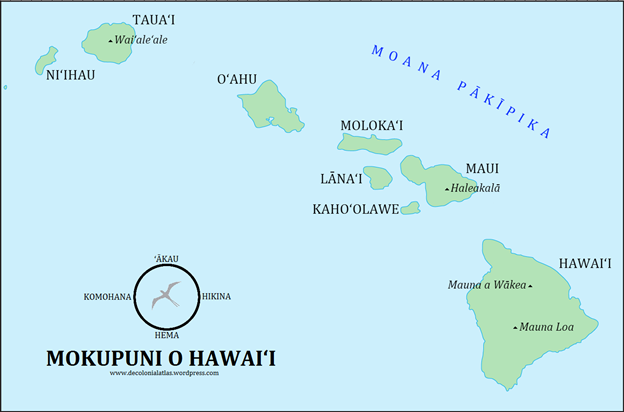Miriam Cintron, BA, JAMA
Although often regularly used in the past, the term committed suicide may imply that the act of suicide is criminal or morally wrong.1
Likewise, referring to a suicide attempt as a “success” or “failure” implies that “the person who died by suicide has accomplished or not accomplished (a failure) the act of suicide”1 or that death was a favorable outcome.2
Factual and judgment-free language is preferred.1 Language that is careful not to stigmatize suicide, suicidal behavior, or mental health issues3 should always be used. For that reason, terms such as died by suicide or suicide attempt should be used. Such terms contribute to destigmatizing suicide.2
The term suicide should also not be used out of context (eg, “political suicide”) because this may desensitize readers to the term2 or seem insensitive.
Person-first language, which aligns with existing AMA Manual of Style guidelines (chapter 11.12.6), should be used (eg, “person who attempted suicide” instead of “suicide attempter” or “person with suicidal ideation” instead of “suicidal person”).
Avoid:
- Committed or completed suicide
- Unsuccessful or successful suicide attempt
- Failed suicide attempt
- Suicide epidemic
- Killed themself
- Took their own life
- Ended their life
Preferred:
- Died by suicide
- Death by suicide
- Suicide death
- Suicide attempt
- Fatal suicide behavior
- Person with suicidal ideation
The term “intentional self-harm” should not be used interchangeably with “suicide attempts.”
References
- Suicide Prevention Alliance. Changing how we view suicide prevention: suicide language. Accessed March 11, 2024. https://www.suicidepreventionalliance.org/about-suicide/suicide-language/
- World Health Organization. Preventing suicide: a resource for media professionals: update 2023. Accessed March 11, 2024. https://iris.who.int/bitstream/handle/10665/372691/9789240076846-eng.pdf
- International Association for Suicide Prevention. The language of suicide. Accessed March 11, 2024. https://www.iasp.info/languageguidelines/
May 31, 2024

